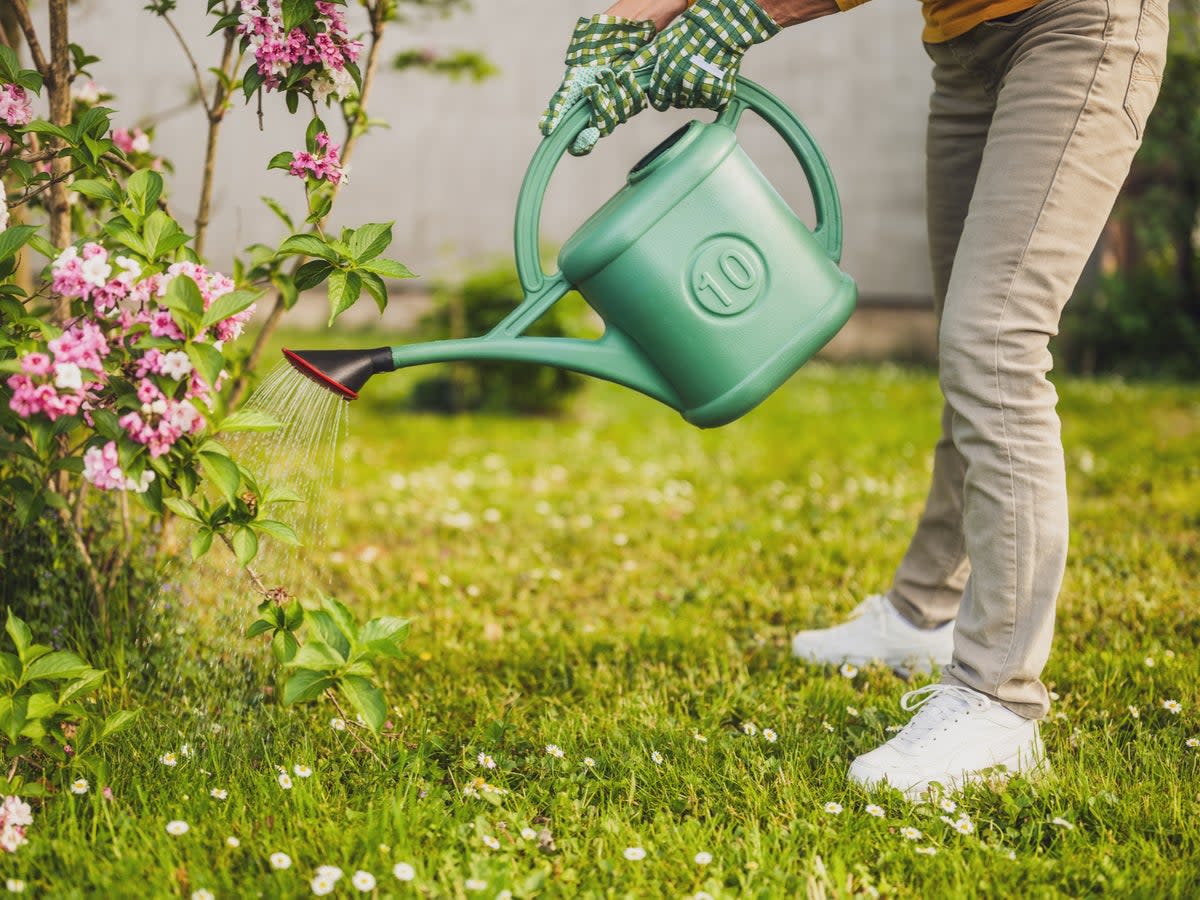How to keep your plants protected during a heatwave

Plants will be feeling the heat with summer kicking temperatures up a notch.
With temperatures rising yearly, it’s important to know how to protect your plants to help them survive upcoming heatwaves and hot days. From watering your plant pals to placing them in shady nooks, there’s no shortage of simple hacks guaranteed to make the summer bearable.
According to Home & Garden expert Rachel Crow, one basic way to alleviate the stress of the heat is by strategically watering your plants when the sun isn’t at its full power, specifically at dusk or dawn.
“Water container plants generously, ideally in the evening, once the sun has moved off the garden, which will allow plenty of time for the water to penetrate into the soil before temperatures rise again the next day,” Crow explained. “Otherwise water them early in the morning. Soak the soil thoroughly and try to avoid getting the foliage too wet.”
She added: “Never water the plants in full sun as the water will just evaporate off and you’ll waste water and your time.”
“Container plants will probably require watering daily – possibly even twice daily – during a heatwave,” she continued. “But take your cue from the plant itself and see if it’s wilting and looking thirsty. Just as you don’t want it parched, you also don’t want to go to the other extreme and overwater it.”

Unfortunately, containers like terracotta pots can be particularly harmful amid the heat if not sealed properly, leading to moisture evaporating and plants drying out. Plastic containers also will not hold up against the harsh sun along with darker colored containers. Experts recommend repotting any plants in those containers into lighter ones.
Moving vulnerable container plants out of direct sunlight can be another way to prevent dehydration, especially at midday. However, if the plants aren’t easily moveable, Crow recommends constructing a shady spot using shade cloth, which filters out sunlight and provides UV protection. Shade cloths come in different grades, allowing you to choose just how much sunlight you want your plants to get.
Protecting the plant roots through mulching is another way you can help your plants beat the heat, with mulching helping the roots retain moisture. By placing a three-inch layer of mulch in containers and borders around the plant, experts from the GreenHouse people told Home & Garden it can prevent the heat from penetrating the soil.
“If you lay down this thick layer, the top few inches of soil where most root activity occurs will be kept moist and cool,” they said. “This will increase your crop yield if you’re a vegetable gardener and reduce the amount of watering needed no matter what you’re growing.”
Companion planting smaller vulnerable plants with bigger ones that offer shade is another easy way to ensure heat protection without changing the garden drastically. Make sure to find out how to strategically position these larger, heat-tolerant plants in a way that doesn’t upend the status quo of your garden.


